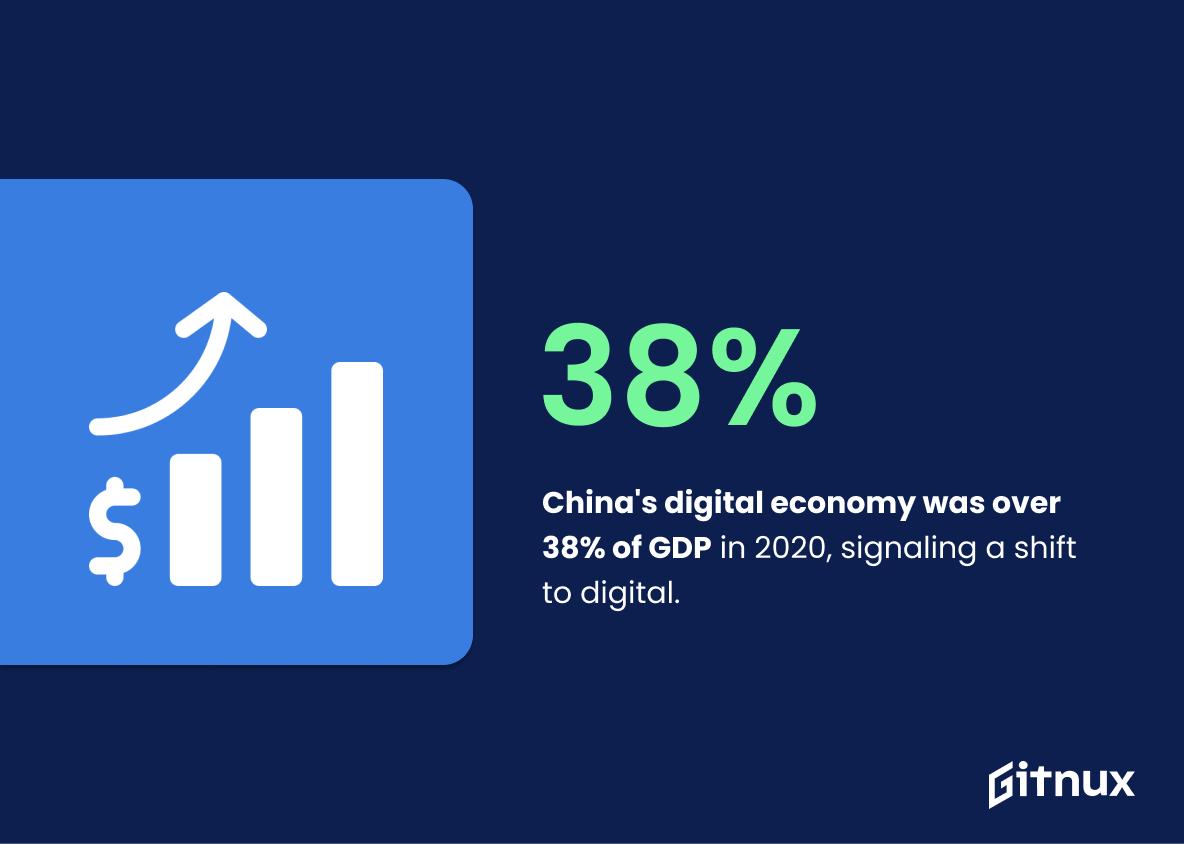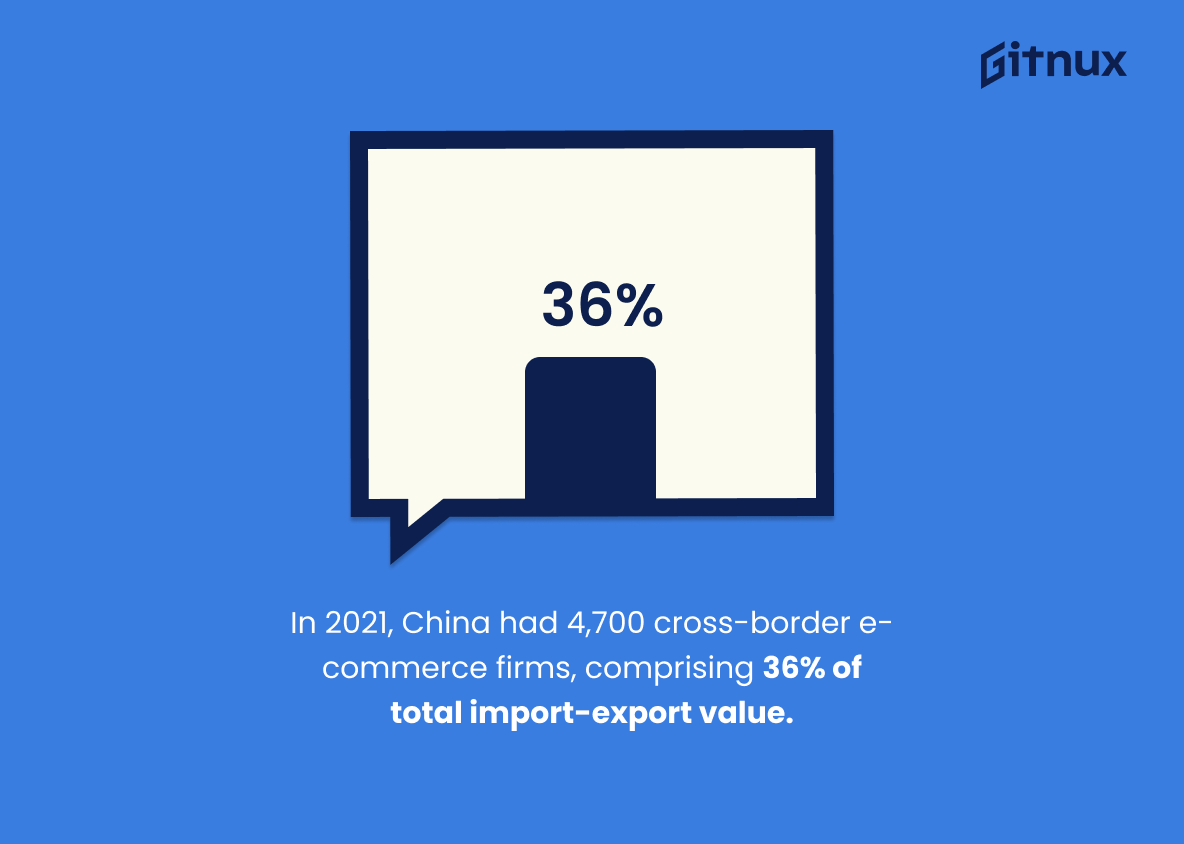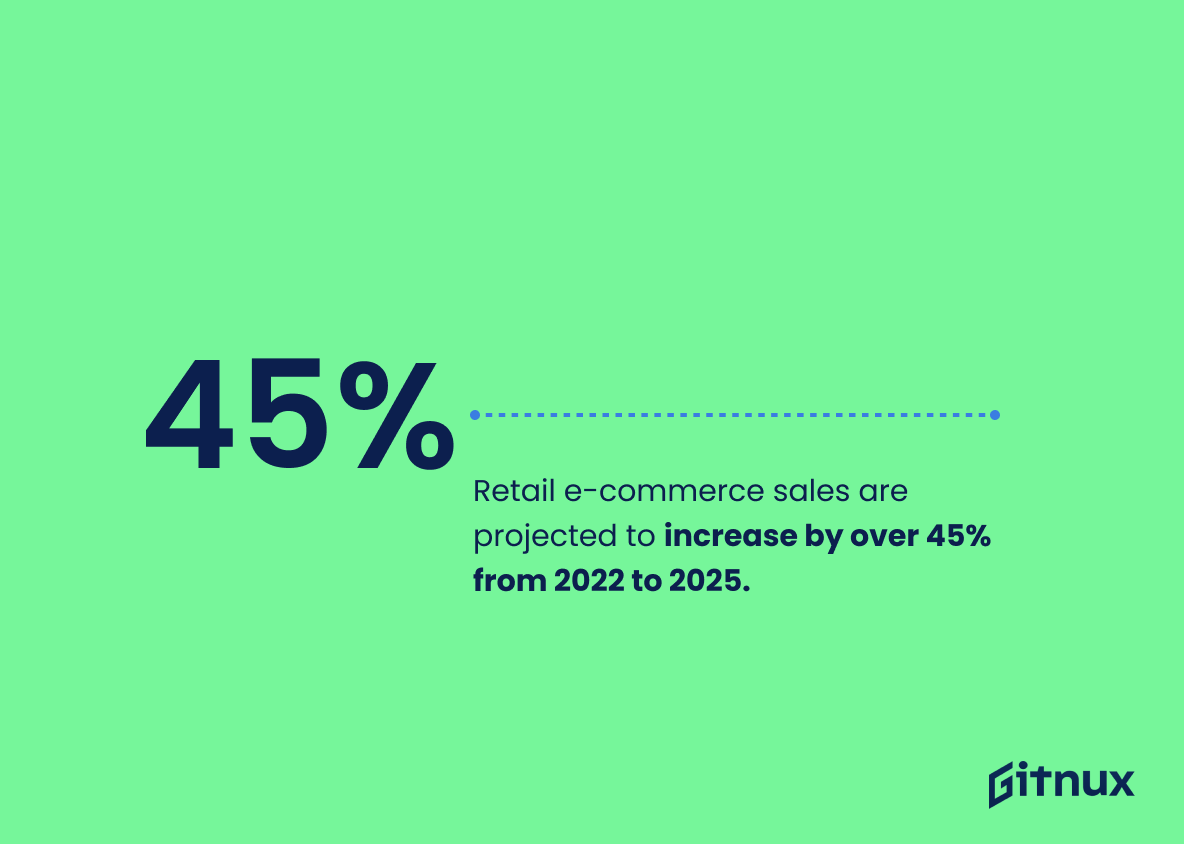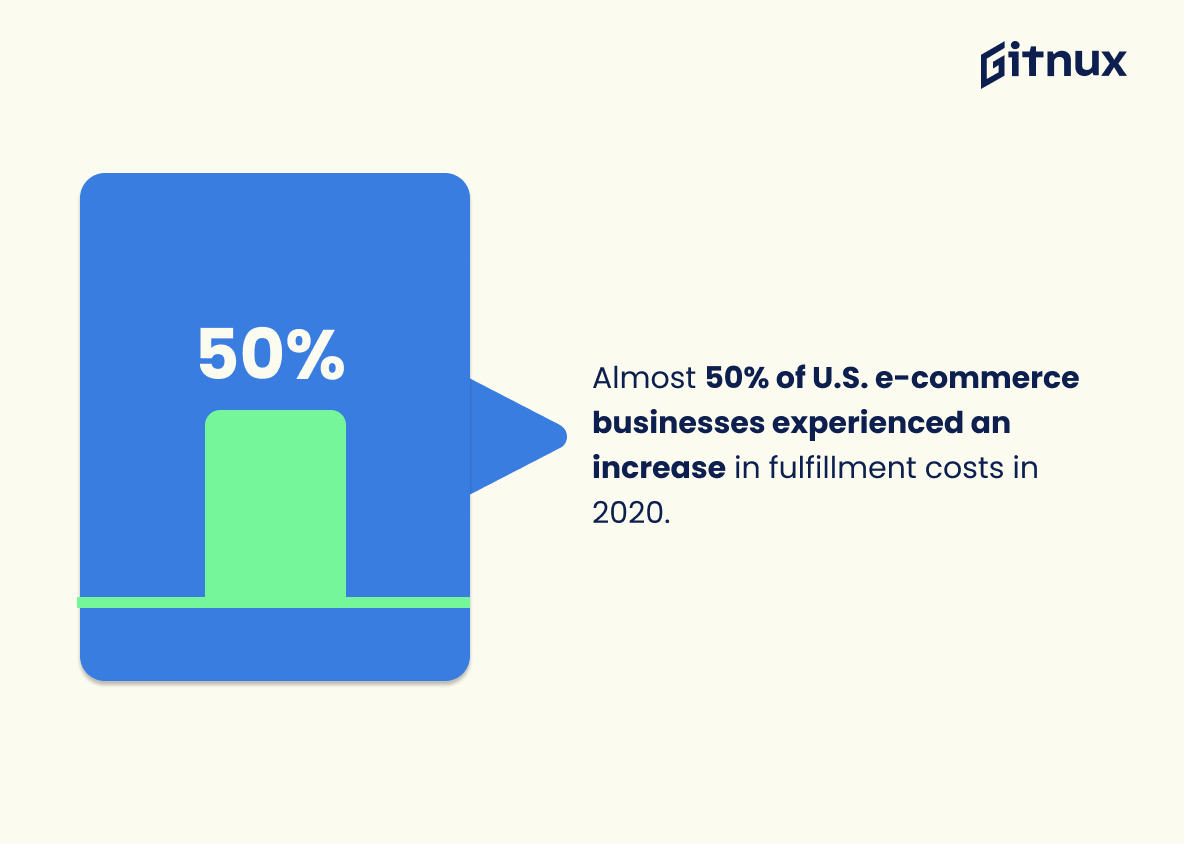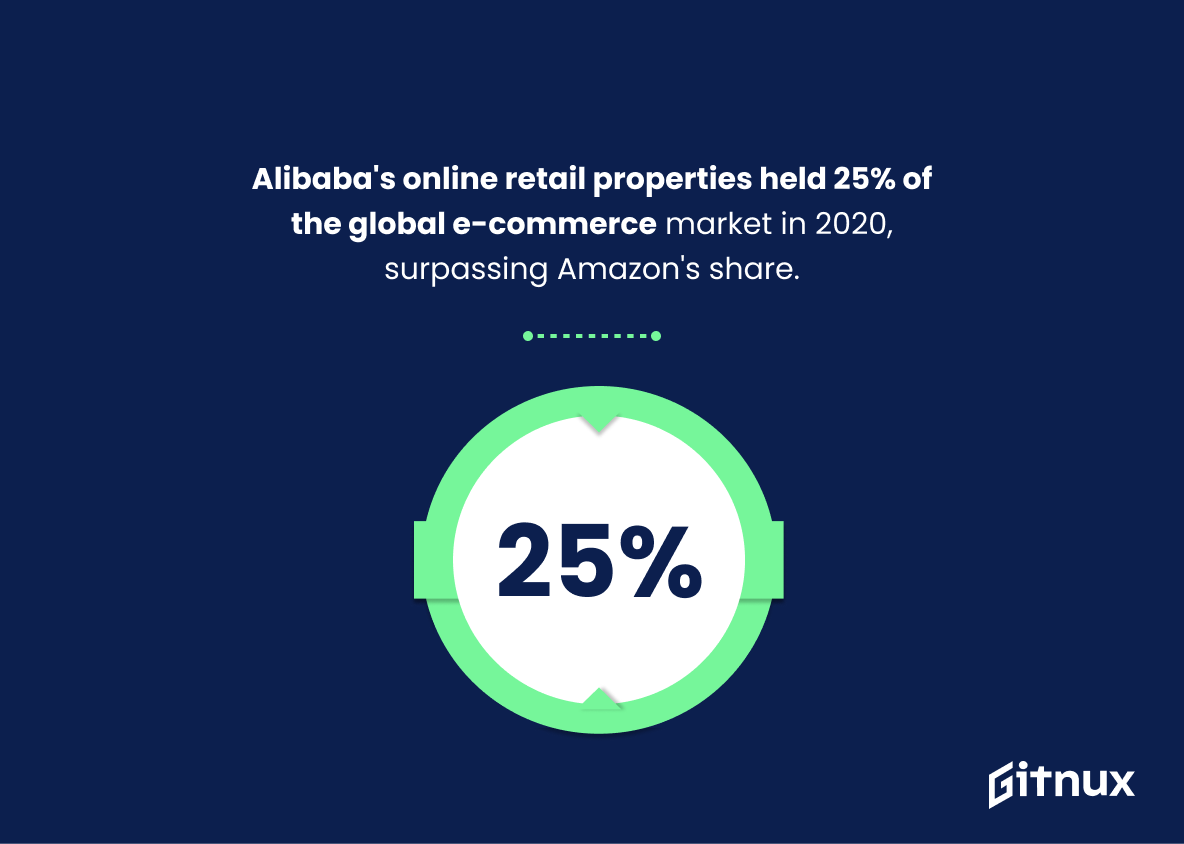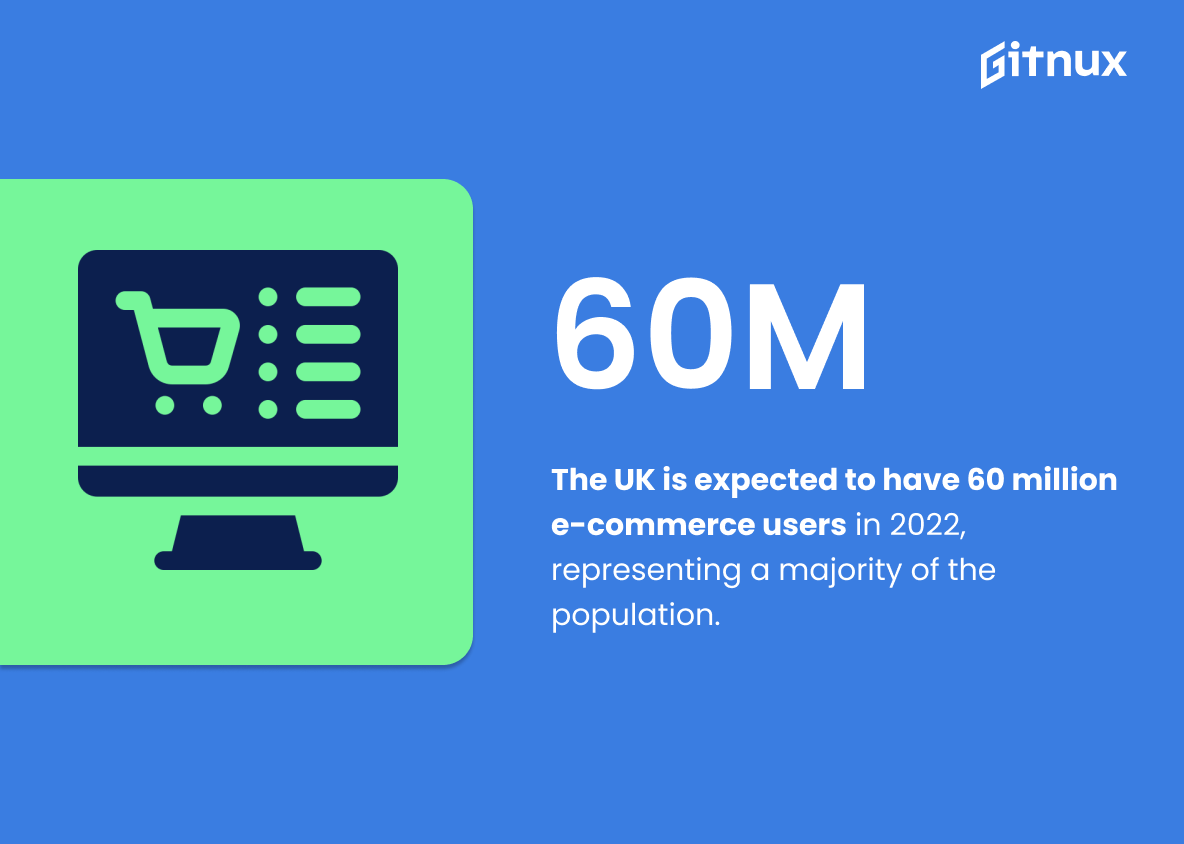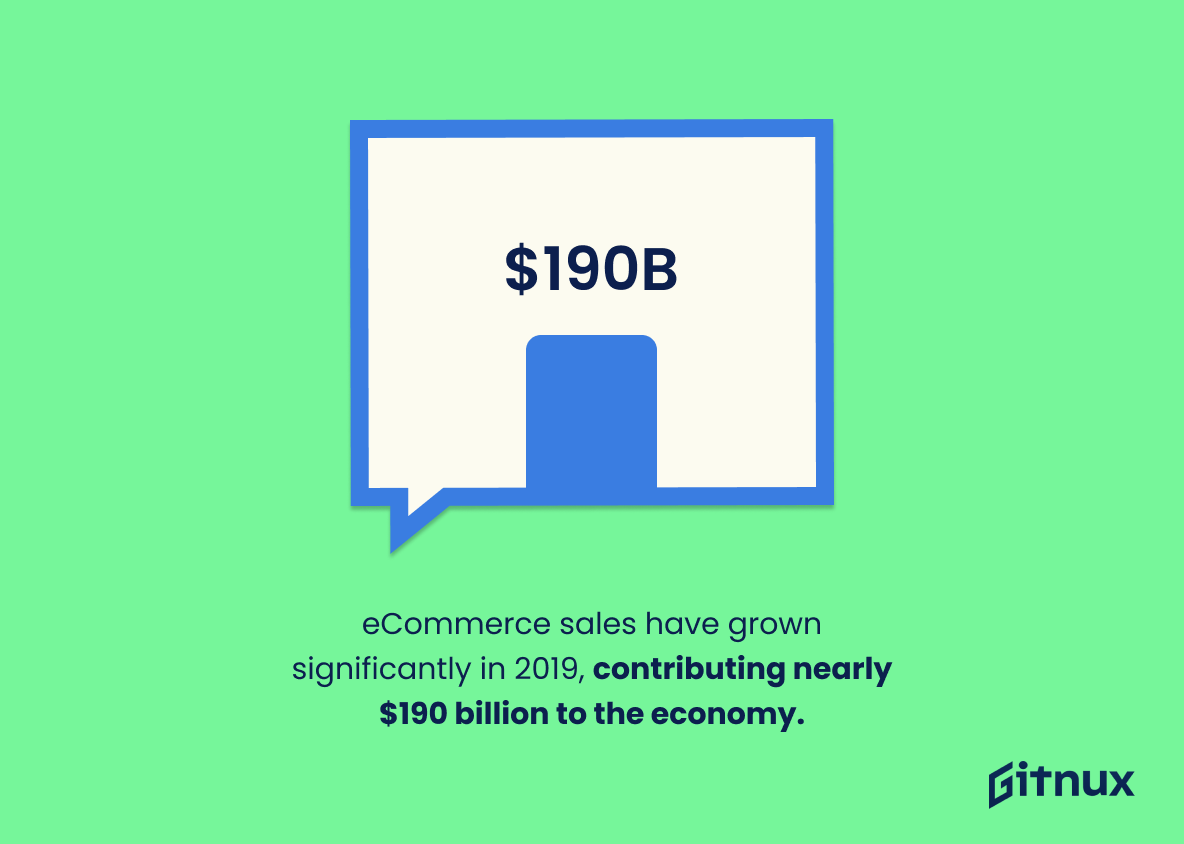E-commerce has been on a steady rise over the past decade, and with the Covid-19 pandemic forcing more consumers to shop online, the industry has seen explosive growth. However, with this growth comes the challenge of efficiently fulfilling orders and delivering products to customers. As the industry continues to expand, understanding the key performance indicators of e-commerce fulfillment is becoming increasingly important.
This blog post will explore the most recent e-commerce fulfillment statistics, including average order values, delivery times, and customer satisfaction rates. It will also provide insights into how e-commerce businesses can use these statistics to optimize their fulfillment operations and ensure customer satisfaction. By the end of this post, you will have a better understanding of the current state of e-commerce fulfillment and the strategies you can use to improve your business’s performance.
E-commerce Fulfillment: The Most Important Statistics
The US ships an estimated 165 billion packages annually.
The global e-commerce fulfillment services market is expected to reach $198.62 billion by 2030.
E-commerce Fulfillment General Statistics
The increasing adoption of internet services has led to a surge in online shopping, driving the enormous demand for e-commerce fulfillment.
It is expected that by 2040 more than 95% of all purchases are conducted via ecommerce.
According to a survey by WD Partners, e-commerce has become the preferred shopping method for 68% of consumers, up from 52% in 2020.
70% of consumers search on Facebook and Instagram for products they need to buy.
In 2020, global B2C e-commerce sales reached $4 trillion, a number that is expected to increase to $5 trillion by 2022 and $6 trillion by 2024.
Around 18% of all retail sales happened online in 2020. This number is estimated to reach roughly 22% by 2024.
Nearly 57% of consumers have made an international online purchase in the last six months, including 45.5% of North American online shoppers.
The US ships an estimated 165 billion packages annually.
On average, Amazon Prime members spend $1,968 per year, which is four times more than the average non-Prime member.
The global e-commerce fulfillment services market is expected to reach $198.62 billion by 2030, with a projected growth rate of 9.5% over the forecast period.
In 2022, the estimated value of the global e-commerce fulfillment services market was $96,257.94 million.
E-commerce Fulfillment Key Players
In 2020, Amazon was responsible for approximately 41% of all online retail sales in the United States.
Amazon Prime had over 200 million subscribers worldwide as of January 2020, and industry experts predict that the number may increase to 275 million in the next ten years.
In the US alone, Amazon processed more than 66,000 orders per hour in 2020, resulting in approximately 1.6 million packages per day.
Walmart experienced a 79% growth in online sales in 2021, prompting the company to commit $14 billion towards supply chain automation.
Other significant players in the e-commerce fulfillment market include eFulfillment Service, Ingram Micro, Rakuten Super Logistics, Red Stag Fulfillment, ShipBob, FedEx, etc.
E-commerce Fulfillment Important Factors
Online shoppers consider both shipping price and shipping speed to be equally important.
Therefore, the expectations of customers for shipping and delivery time are constantly increasing.
Home delivery is the top purchase driver for 63% of consumers who buy online.
Late delivery is a major concern for shoppers, as 45% are unlikely to shop with a store again if an item is delivered late.
Many shoppers also have specific time expectations, with 38% abandoning their order if delivery will take longer than a week.
A quarter of online shoppers would drop their order if no delivery date is provided, and almost 70% would be less likely to shop with a retailer in the future if a purchase is not delivered within 2 days of the promised date.
Same-day and next-day delivery options are also becoming the norm. In fact, 31% of global consumers are willing to pay a monthly fee to become a part of a loyalty program that offers unlimited next-day deliveries.
Shipping fees are also an important factor, with 74% of online shoppers indicating that free shipping is a significant consideration during checkout, and 94% have taken some type of action to qualify for free shipping.
Unexpected shipping costs being added just prior to checkout can cause 25% of online shoppers to abandon their order, and 63% of online shoppers have cancelled a purchase due to excessive shipping fees.
The E-commerce Fulfillment Challenges
The e-commerce fulfillment industry is under significant pressure due to the increasing demand and high expectations of customers.
Delivery costs are identified as the biggest challenge for 24.7% of merchants, and 51% of e-commerce companies report an increase in fulfillment costs over the past year.
The primary reason for these increased costs is a shortage of labor, which has affected the operations of 77% of respondents.
To address the labor shortage, approximately half of the respondents (51%) are raising wages.
Order splitting is identified as the most costly aspect of order fulfillment for 31% of online retailers.
Packaging is considered crucial by 90% of global consumers for ensuring product safety.
However, e-commerce fulfillment processes involve manual handling of products up to 20 times before shipping.
A recent study shows that packages are dropped an average of 17 times during drop tests, and a damaged product can cost an e-commerce retailer up to 17 times the original price, resulting in a $6 billion loss per year.
Additionally, warehouse space constraints are a challenge for 28% of respondents, and 36% of e-commerce businesses cite transportation capacity as the biggest fulfillment challenge they are currently facing.
Automation And Technology In E-commerce Fulfillment
According to a survey conducted by Stitch Labs, 62% of respondents cited human error resulting from manual process management as the main cause of inventory or fulfillment issues.
To address these challenges and improve efficiency in e-commerce fulfillment, more retailers are turning to automation and technology.
Specifically, 48% of e-commerce companies have upgraded their parcel Transportation Management Systems (TMSs), while 36% are automating their parcel sortation.
Additionally, 32% are using rate shopping software and 29% rely on parcel analytics. The survey also found that 36% of respondents are automating parcel sortation.
The global warehouse automation market is expected to grow at a compound annual growth rate (CAGR) of 13.6% between 2021 and 2026.
Over the next 12 to 18 months, material handling mechanization, automation, and robotics are the areas most frequently identified for improvement.
E-commerce Fulfillment Customer Experience
More than half (54%) of online shoppers say that delivery defines who they always shop with, and 39% of consumers will never shop with an online retailer again after just one negative delivery experience.
This emphasizes the importance of providing a smooth and transparent fulfillment process to ensure customer satisfaction.
According to GRIN research, 46.75% of surveyed customers consider customer service as a crucial component of their e-commerce experience.
For 62% of e-commerce merchants, fast shipping speed is the top contributor to ensuring a positive customer experience in e-commerce.
Conversely, 54% of e-commerce sellers believe that an easy delivery process is essential for positive customer experience in e-commerce.
Having ample product information is considered a vital key to achieve customer satisfaction for 53% of online sellers.
Additionally, 42% of global consumers consider the ability to select the delivery carrier important, with US consumers placing even greater importance on this feature (63% view it as important, and 32% consider it vital).
Supplementary Statistics
42% of global retailers view faster shipping as a top priority for 2021.
This is a clear indication that faster shipping is a major focus for global retailers in 2021. It speaks to the importance of providing customers with a speedy and reliable delivery experience, which is essential for any successful ecommerce business. As such, this statistic is an important reminder of the need for businesses to prioritize efficient fulfillment processes in order to remain competitive in the ever-evolving ecommerce landscape.
54% of e-commerce businesses use third-party fulfillment services for their orders.
It shows that the majority of businesses recognize the value of outsourcing their fulfillment needs, allowing them to focus on other aspects of their operations. This statistic is a valuable insight for anyone looking to understand the current state of e-commerce fulfillment.
Approximately 40% of customers will abandon their carts if delivery takes longer than 3 days.
This highlights the need for businesses to prioritize speedy delivery in order to keep customers satisfied and prevent them from abandoning their carts.
By 2024, the global e-commerce fulfillment services market is expected to reach $51.7 billion in annual revenue.
It shows that the market is expected to grow exponentially in the coming years, indicating that businesses should take advantage of this opportunity to invest in e-commerce fulfillment services. This could be a great way to increase their profits and stay ahead of the competition.
The average e-commerce store has a 70% abandoned cart rate due to a lack of reliable fulfillment options.
With such a high rate of abandoned carts, it is clear that customers are not willing to wait for their orders to arrive or risk them being lost in transit. As such, e-commerce stores must prioritize providing reliable fulfillment options if they want to maximize their sales and customer satisfaction.
50% of e-commerce businesses identify distribution costs as a primary challenge in their operations.
Thus, there is a need for businesses to find ways to reduce their distribution costs in order to remain competitive and profitable. As such, it is an important factor to consider when discussing ecommerce fulfillment statistics.
By 2023, the global market for order fulfillment services is expected to reach $41.1 billion in annual revenue.
The industry is growing rapidly and is expected to continue to do so in the coming years. This is an important point to consider when discussing ecommerce fulfillment statistics, as it demonstrates the importance of this sector in the global economy.
23% of customers are willing to pay extra for same-day or instant delivery in e-commerce.
A significant portion of customers are willing to pay extra for the convenience of having their orders delivered quickly. This highlights the need for e-commerce businesses to prioritize fast delivery options in order to meet customer expectations and remain competitive.
70% of consumers expect their packages to arrive within a week of ordering.
Businesses, therefore, need to prioritize efficient fulfillment processes in order to meet customer expectations and ensure customer satisfaction.
52.1% of online retailers offer free shipping to their customers.
This shows that the majority of online retailers recognize the value of providing free shipping to their customers, as it can be a major factor in driving sales and customer loyalty. Furthermore, it highlights the need for ecommerce businesses to stay competitive in the market by offering free shipping, or risk losing customers to their competitors.
Amazon dominates 38.7% of e-commerce fulfillment in the US.
It speaks to the company’s success in providing efficient and reliable services to its customers, and serves as a reminder of the importance of staying competitive in the e-commerce space.
24% of consumers are willing to switch brands if they offer better delivery services.
Customers are willing to prioritize convenience and reliability when it comes to their online shopping experience, and businesses should take note of this and strive to provide the best delivery services possible.
In 2020, delivery lead times for e-commerce orders increased by approximately 23.5% on average due to the COVID-19 pandemic.
This highlights the need for businesses to be prepared for unexpected delays and to adjust their strategies accordingly. It also serves as a warning to customers that they should expect longer lead times when ordering online. This statistic is an important piece of information for anyone interested in ecommerce fulfillment statistics.
33% of customers would prefer to have the option to ship e-commerce purchases to a physical store location for pickup.
Having the option to ship purchases to a physical store location for pickup provides customers with the flexibility to pick up their orders at their own convenience, which is a major factor in customer satisfaction. This statistic is a reminder that ecommerce businesses should prioritize convenience when it comes to fulfillment options in order to meet customer expectations.
Conclusion
The e-commerce fulfillment industry has seen immense growth in recent years, and it doesn’t look like it’s slowing down anytime soon. As businesses continue to invest in automation, technology, and other solutions to improve their fulfillment processes, the industry is likely to experience further growth in the coming years. As a result, businesses should take advantage of this growth and invest in their own fulfillment solutions to ensure they remain competitive in the ever-evolving e-commerce landscape.
References:
Conveyco: “22 Ecommerce Order Fulfillment Statistics That Will Change The Way You Think About Retail”, cited on February 2023 (Source)
Meteor Space: “Ecommerce Order Fulfillment Statistics You Need To Know”, cited on February 2023 (Source)
Shopify: “Global Ecommerce Explained: Stats and Trends to Watch”, cited on February 2023 (Source)
Logistics Management: “2022 Ecommerce Fulfillment Trends Report”, cited on February 2023 (Source)
Research and Markets: “E-commerce Fulfillment Services Market Size, Share & Trends Analysis Report by Service Type (Bundling, Shipping, Fulfillment Services), by Application (Consumer Electronics, Clothing & Footwear), and Segment Forecasts, 2022-2030”, cited on February 2023 (Source)
GVR: “E-commerce Fulfillment Services Market Worth $198.62 Billion By 2030”, cited on February 2023 (Source)
The Fulfillment Lab: “Benefits of Using Fulfillment Center for Ecommerce Shipping”, cited on February 2023 (Source)
Hellotax: “What is E-Commerce Fulfillment: Definition, Partners, Benefits & more”, cited on February 2023 (Source)
Omnipack: “Order Fulfillment — What is it and Why is it Important for eCommerce?”, cited on February 2023 (Source)
Soocial: “31 Ecommerce Fulfillment Statistics You Will Want To Know”, cited on February 2023 (Source)
ZipDo, cited June 2023: Ecommerce Fulfillment Statistics
